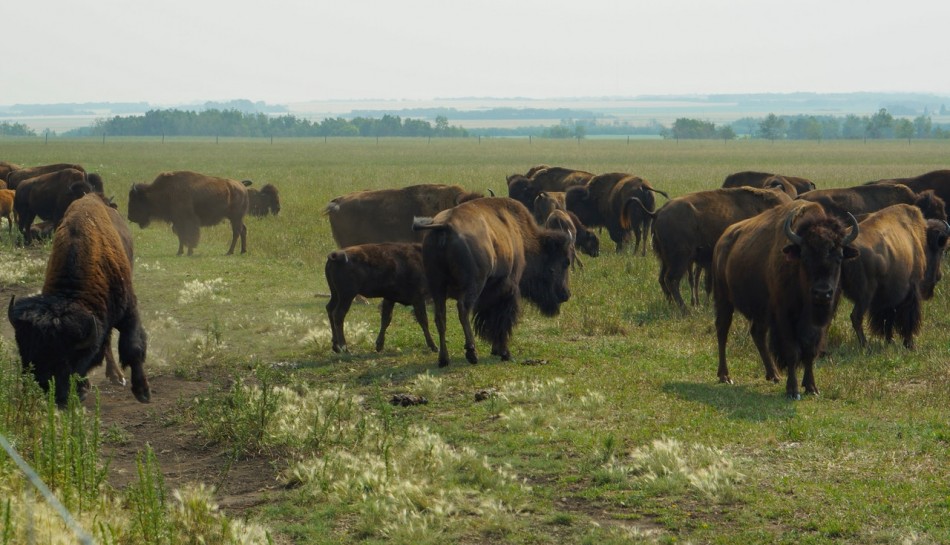The new Saskatchewan draw targeted candidates with work experience in one of 63 occupations.
Saskatchewan held a new draw on July 21, inviting 280 immigration candidates to apply for a provincial nomination.
The invitations went to candidates who may be eligible for a nomination from the Saskatchewan Immigrant Nominee Program (SINP), specifically from the International Skilled Worker category. Of those invited, 84 may be eligible for the SINP’s Express Entry subcategory, and 196 through the Occupations In-Demand sub-category.
Regardless of the stream, invited candidates needed an Expression of Interest (EOI) score of at least 77 in order to be invited. They also needed Educational Credential Assessments to demonstrate their foreign education was comparable to the Canadian standard. Plus, work experience in one of the 63 in-demand occupations listed on the government webpage.
About the Occupations In-Demand subcategory
The Occupations In-Demand sub-category is a base Provincial Nominee Program (PNP), meaning it is open to immigration candidates who do not have an Express Entry profile.
This sub-category is for highly skilled workers with experience in an in-demand occupation in Saskatchewan, who do not yet have a job offer in the province.
In order to apply for Canadian immigration through this sub-category, foreign nationals need to create an EOI profile through the SINP’s online application system.
Saskatchewan’s EOI system allows the province to select immigration candidates that have the potential to thrive in the prairie province. Candidates will be assessed on how their work experience, education, language ability, age, and connections to the province demonstrate their ability to settle in Saskatchewan.
They are then given a score out of 100 based on the SINP’s International Skilled Worker Points Assessment Grid. The highest-scoring candidates are then issued an invitation to apply for a provincial nomination for Canadian permanent residence.
About the Express Entry sub-category
The Express Entry sub-category is an enhanced PNP, meaning it is linked to the federal Express Entry system.
Express Entry manages the pool of candidates for three of Canada’s main economic-class immigration programs: Federal Skilled Worker Program, Federal Skilled Trades Program, and Canadian Experience Class.
Candidates with Express Entry profiles must also create EOI profiles for Saskatchewan in order to be considered for an invitation to apply for a provincial nomination.
Express Entry candidates who receive a provincial nomination from the province of Saskatchewan are awarded an additional 600 points toward their Comprehensive Ranking System score at the federal level and are effectively guaranteed an invitation to apply for Canadian permanent residence.
source : cicnews.com




















